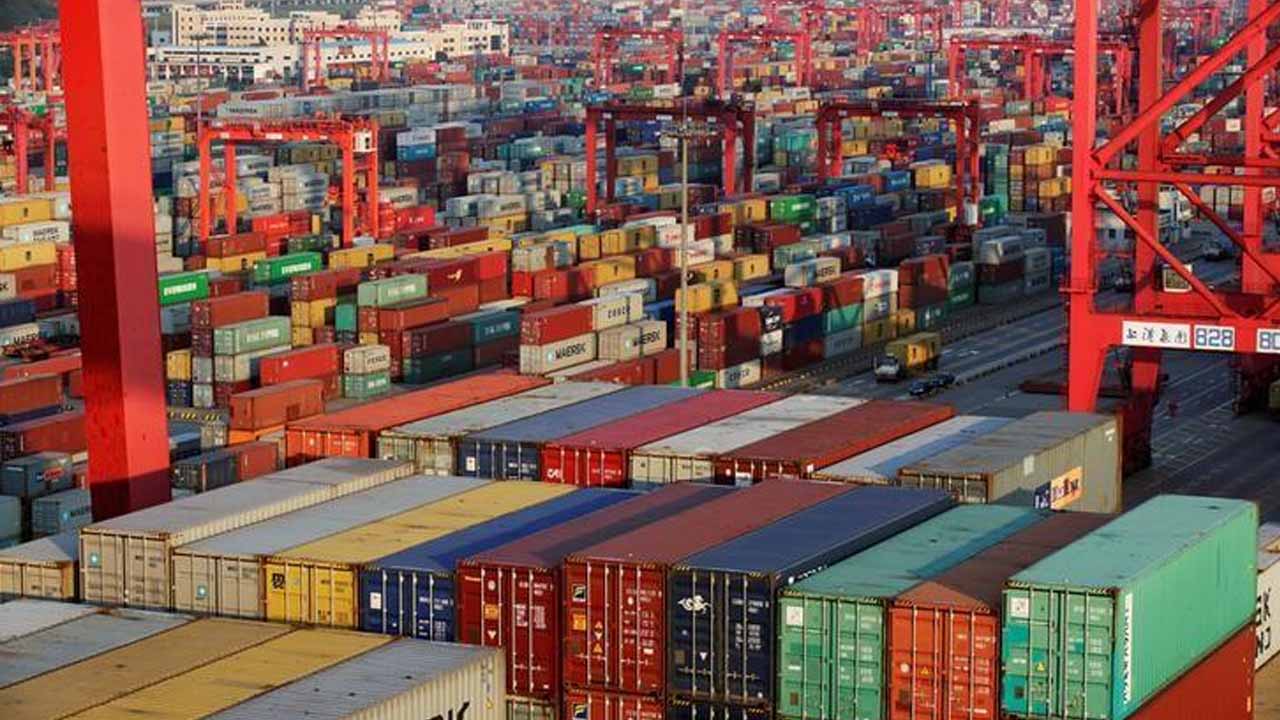Pakistan witnessed a significant decrease in its trade deficit, reaching $23.7 billion in the first 10 months of the fiscal year. The 39.6% year-on-year decline in the deficit was mainly due to a steeper reduction in imports, although exports experienced an unexpected dip. This improvement is noteworthy compared to the previous fiscal year, which had a deficit of $39.3 billion.
The latest data from the Pakistan Bureau of Statistics (PBS) revealed a concerning trend as exports declined by 26.7% in April. This decline poses a challenge for the country’s economy as exports play a crucial role in supporting its financial stability. Several economic factors, including inflation, currency devaluation, and political instability, have contributed to the ongoing decline in exports over the past seven months.
To address the growing trade deficit and the scarcity of dollars in the country, the government has implemented import restrictions. These measures have led to a significant reduction in the monthly trade deficit, which narrowed by 78% to $829 million in April compared to $3.76 billion recorded a year ago.
During the 10-month period from July to April, exports shrunk by 11.7% to $23.17 billion, while imports were down by 28.4% to $46.89 billion compared to the corresponding period in the previous fiscal year. When comparing monthly trade to the previous month (March), April saw a 10.46% decrease in goods exports and a 22.6% decrease in imports.
The average monthly exports over the last 10 months stood at $2.317 billion, lower than the previous year’s average of $2.625 billion, while average monthly imports were $4.688 billion, down from $6.55 billion in FY22.
Given the poor export performance during July to April, it is unlikely that the economy will reach the $28 billion mark by the end of the fiscal year. Last year’s exports amounted to $31.8 billion, highlighting the significant impact of the trade deficit on the economy.
Pakistan is currently grappling with a balance-of-payments crisis, primarily caused by the substantial trade deficit. This crisis has resulted in a decline in foreign currency reserves and the devaluation of the Pakistani rupee. The persistently higher imports compared to exports have become a major contributing factor to this ongoing challenge.
In the previous fiscal year, FY22, the trade deficit reached a historic high of $48.38 billion, with imports totaling $80.18 billion (an average of $6.68 billion per month) and exports at $31.8 billion ($2.65 billion per month). However, there was a 25.6% increase in exports compared to FY2021, where exports amounted to $25.3 billion, while imports stood at $56.4 billion.






